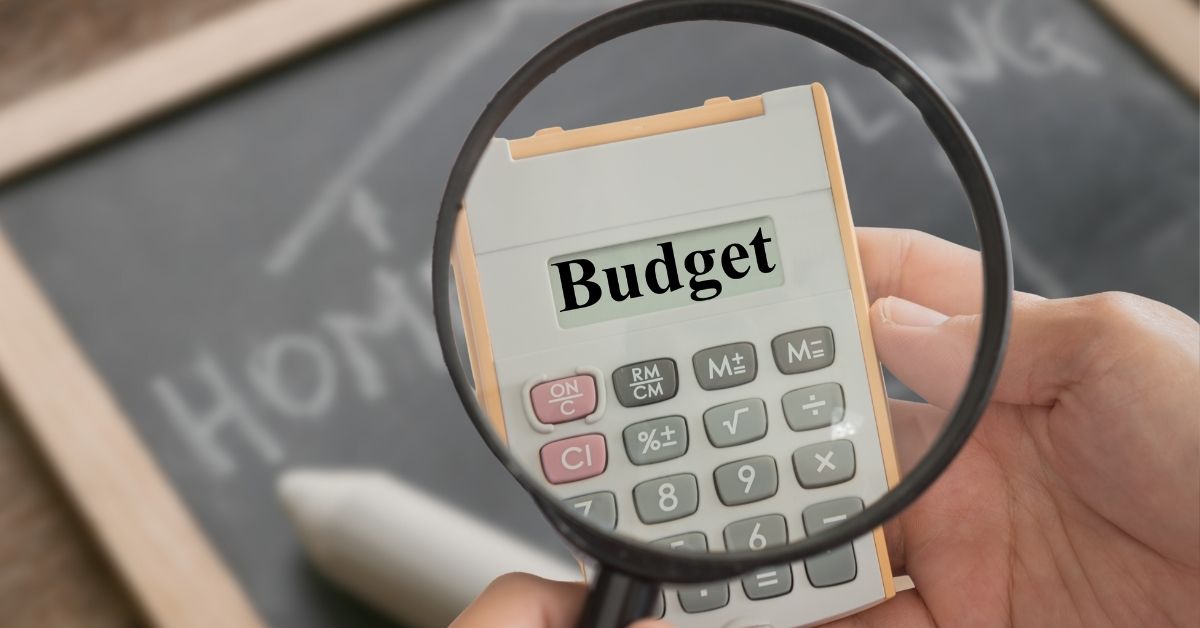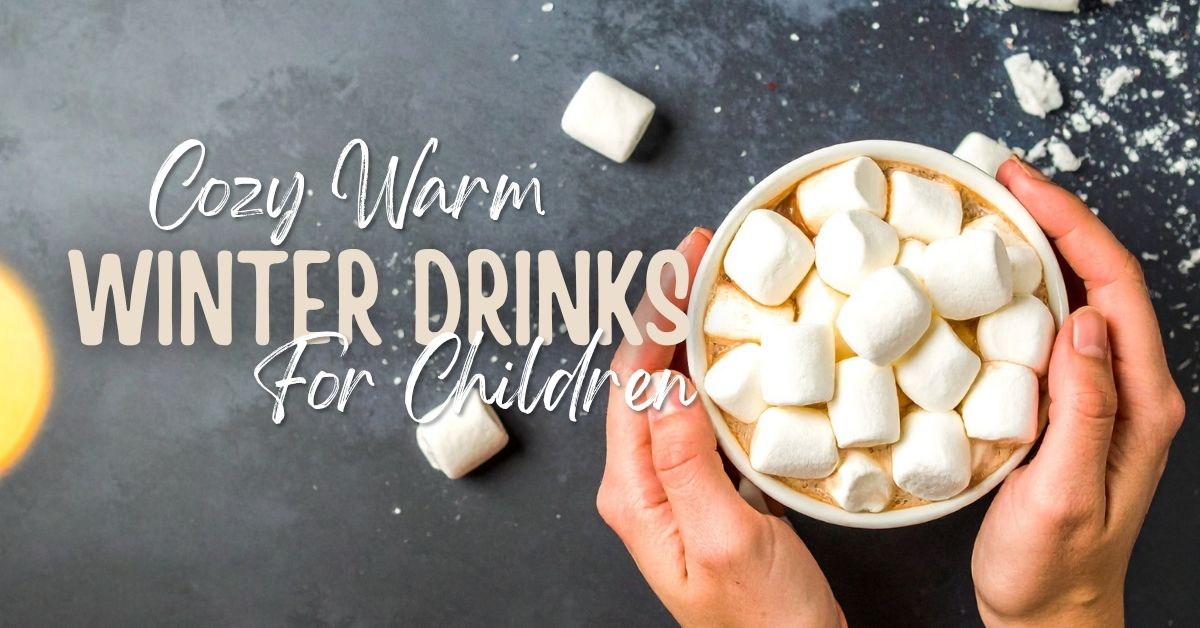Parents who are trying to homeschool without draining their bank accounts almost always end up searching for the best free homeschool resources. The internet is full of websites claiming to offer full-year plans, lesson banks, printable worksheets, and even accredited-looking programs — all at no cost.
The question is not whether free options exist. They do. The real question is whether they are any good, and whether they can realistically support a full year of homeschooling without leaving gaps or burning you out.
Are Free Homeschool Curriculums “Good Enough”?
A free curriculum can be genuinely strong if you understand what you’re getting (and what you’re not). Free rarely means “bad.” It usually means “incomplete,” “DIY-heavy,” or “time-intensive.” Paid programs cost money because they bundle the structure, hand-holding, assessments, and support. When you remove the price tag, you often also remove that “done-for-you” layer — not always content quality.
There are free programs written by credentialed teachers and subject-matter experts. Some are run by nonprofits. Some are parent-built and tested. Quality exists. But you must curate, not just download whatever ranks first on Google.
Best Free Homeschool Resources (Reviews & What They’re Best For)
Below are widely used free options — not random Pinterest finds — with quick notes on where they shine.
Easy Peasy All-In-One Homeschool
A K-12, Christian-leaning curriculum with full scope and sequence, printable worksheets, and online links.
- Best for: families who want “open and go” with minimal planning
• Strengths: completely free, daily lesson plans, covers multiple subjects
• Limitations: religious framing not for everyone; layout can feel dense if you prefer modern UI
Khan Academy
Free video-based lessons, practice sets, progress tracking for math, reading, grammar, science, and SAT prep.
- Best for: math mastery and independent work
• Strengths: high-quality instruction, mastery-based, no fluff
• Limitations: not a full humanities curriculum; you must build reading/writing around it
AmblesideOnline
A Charlotte Mason approach built on rich “living books,” narration, and gentle, literature-driven learning.
- Best for: book-loving families and narrative learning
• Strengths: elegant reading lists, philosophy-strong, no worksheets needed
• Limitations: heavy parent involvement to source books and manage pacing
CK-12
STEM-heavy open educational resources with simulations, digital textbooks, and concept maps.
- Best for: science and math support or spine curriculum
• Strengths: high content quality, adaptable, good for older grades
• Limitations: lacks whole-child “program” feel; build your own schedule

Liberty’s Kids / Crash Course / National Archives / PBS LearningMedia
Not full curriculums, but vivid supplements that make content land.
- Best for: history enrichment and primary sources
• Strengths: free, engaging, documentary-rich
• Limitations: require you to scaffold into an actual course
Hidden “Costs” Of Free (That Are Not Money)
Free is not costless. The cost just shifts.
Common trade-offs:
- Time: you become the designer — stitching, sequencing, pacing, and auditing gaps
- Printer ink & paper: many free plans are worksheet-heavy
- Decision fatigue: abundance of choices drains energy
- Quality variance: anyone can publish “curriculum” online
None of that makes free bad — it just means you should count the cost in hours instead of dollars.
Four Areas Where Free Often Shines
Free resources are particularly strong in skill-based subjects where the learning path is linear and assessable, like math, phonics, and grammar. These subjects lend themselves to drills, explanations, and mastery checks that work perfectly well in a free environment, especially when backed by platforms like Khan Academy or high-credibility OER (open educational resources). Another area where free shines is enrichment — documentaries, primary source archives, museum collections, and free ebook catalogs can make history and science richer than any textbook.
Free also works extremely well for exploratory “low-risk” subjects like typing, coding fundamentals, and foreign language exposure, where you’re not committing to a multi-year spine. Finally, free excels when a parent already has a strong sense of pedagogy and wants control without paying for someone else’s structure.
Four Places Where Free Usually Struggles
Where free tends to struggle is in full-program cohesion and muscle-saving structure. Many parents hit a mid-year wall not because the free lessons are weak, but because the planning workload stacks up. Another weak point is authentic writing feedback — you can get prompts for free, but you typically cannot get high-quality human feedback for free, and writing feedback matters.
Free is also weaker for high-stakes high school planning where transcripts, accreditation, and counselor-backed documentation matter. And finally, free often lacks built-in accommodations for neurodivergent learners; you can adapt free resources, but the scaffolding is rarely embedded for you.
Budget-Friendly Tips To Make Free Curriculums Work Harder
- Anchor one subject with a strong spine. Use Khan Academy for math or Ambleside for history, then add free supports around it.
- Batch plan once a month. Don’t plan daily. Set one day to map 4–5 weeks.
- Create a “minimum viable school day.” Define 3 must-do subjects so the day still “counts” when life implodes.
- Standardize printing. Print by the month, not by the day; use grayscale; bind with cheap folders.
- Use “platform pairs.” Example: Khan Academy (instruction) + CK-12 (readings) + Crash Course (context).
- Outsource feedback surgically. Buy one writing course or tutor hour per term instead of a full paid curriculum.
- Pre-decide your finish line. Decide what “done” means for each subject before you begin, so you don’t spiral in endless links.
A Parent Eye-Test For Evaluating Any Free Curriculum
Before adopting a free program, skim the scope from quarter to quarter and ask: Does this sequence move forward in small, observable skill steps? Does it show what mastery looks like, not just what activities exist? Does it align with your worldview and local requirements? Can you tell at a glance what you are doing in Week 12, not only Week 1?
If you cannot answer those questions after a short skim, you are adopting a mystery box and placing future stress on your own shoulders. Good free material is not just content — it is traceable learning over time.
What If You Mix Free With Low-Cost Instead Of Staying 100% Free?
You don’t get bonus points for spending zero dollars. You get results by spending dollars intentionally. A hybrid stack can preserve 80–90% cost savings while removing your biggest pain point. For example: stay free for math and history, spend $40–$60 on a writing program with actual feedback, and use your library for literature. Or buy one $35 PDF scope-and-sequence simply to “lock” your year, then populate it with free lessons. One strategic purchase often erases hours of planning debt.
When Free Is Actually The Best Choice
Free can be better than paid when you are trying homeschooling for the first time and don’t want to commit to a full purchase before you know your child’s learning style. It is also ideal when your child is ahead or behind grade-level because you can move horizontally across topics without fighting a paid program’s pacing guardrails. Free also allows generous rabbit trails — deep dives into astronomy, Roman law, digital art — without the guilt of “wasting money” on the detour.
When Paid Is Worth It
Paid is worth it when you are burned out managing all the invisible labor, when your teen needs transcript credibility, when you crave outside accountability, or when your child requires built-in accommodations that you do not have the bandwidth to design yourself. Paid is also the sanest choice when you’re multiplying for multiple kids and just need one system that runs without heroic planning.
So — Are Free Curriculums Any Good?
Yes — with eyes open. Free can deliver strong academics and rich experiences if you commit to doing the structural work a publisher normally does for you. The families who thrive on free don’t confuse “zero dollars” with “zero effort.” They plan in batches, define finish lines, pair platforms wisely, and spend surgically on the one or two constraints that money can solve faster than grit.
Parents who want to keep learning how to do this well have an advantage: you don’t have to figure it all out alone. Keep reading our blogs here at DKM Homeschool Resource for grounded advice, reviews, and real-world strategies that make homeschooling both doable and life-giving — even on a tight budget.





